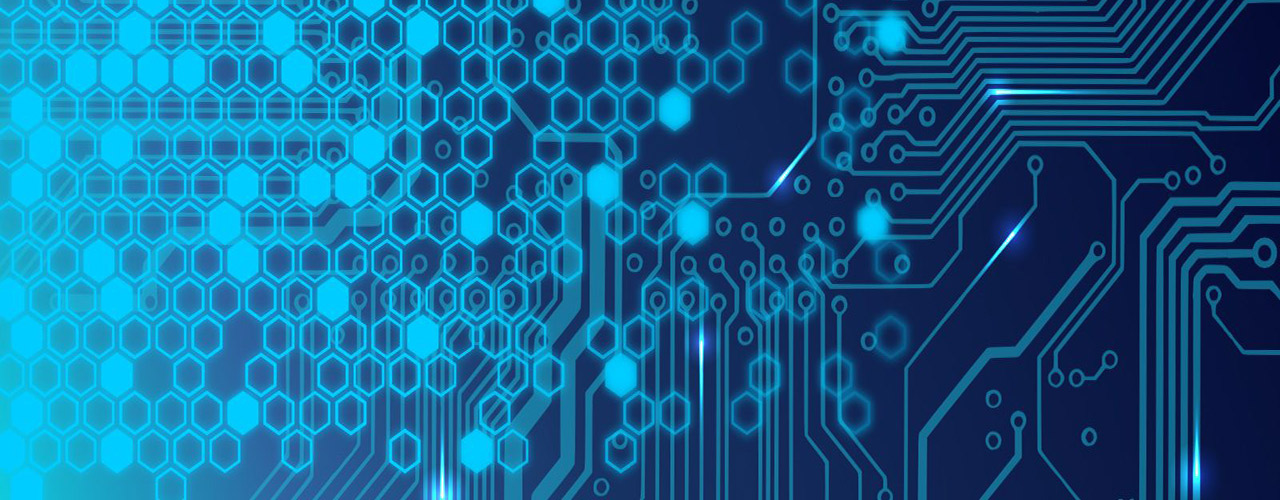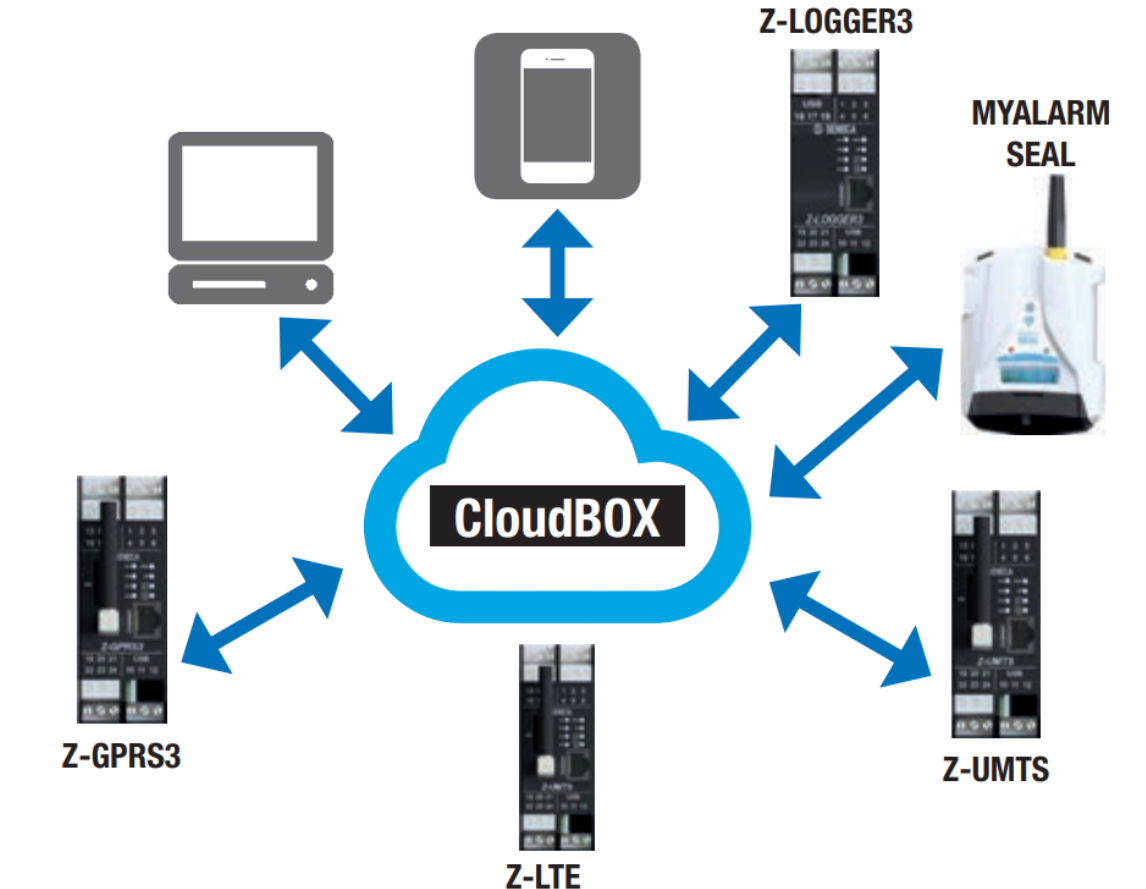 https://blog.seneca.it/wp-content/uploads/2020/04/datalogger-1.jpg
https://blog.seneca.it/wp-content/uploads/2020/04/datalogger-1.jpg
A datalogger is an automatic data acquisition system consisting of one or more electronic probes connected to a control unit that stores the measurements of one or more parameters, carried out at appropriately set time intervals. A datalogger is therefore an electronic device that records data on a temporal or geographical basis, starting from integrated or external sensors and instruments. Usually they are based on digital or Pc processors. They are compact, battery powered, portable, equipped with sensors, microprocessor and internal memory to store data.
Advantages and disadvantages
Among the application advantages of the datalogger are certainly to be included: the large memory capacity and therefore the autonomy of operation, the width of the measuring ranges, the small size, the ability to manage alarm thresholds, the accuracy of the measurements made, limited maintenance, versatility of use, the cost of management usually low. The limit of the datalogger is given by the impossibility to obtain a graph in real time of the measured quantities and the need to interface with a computer to analyze and print the data obtained.
Technologies
The most modern devices are able to network, manage alarms, reports, databases and events with the support of information technology, wireless and remote control (web, e-mail, ftp). Some dataloggers are equipped with PC interfaces and dedicated software to view, analyze and archive data. Others are simply equipped with local interface (function keys, Lcd display) and can be used stand-alone. Data loggers range from general purpose models to devices for specific applications. They can be programmable or not (with few or no changeable parameters). Electronic data loggers have replaced paper process recorders and mechanical pen systems in many applications. One of the main benefits of dataloggers is the possibility of continuous 24h operation. In this way it is possible to monitor the parameters of the process under examination with the highest precision. The low cost is another of the winning weapons of data loggers. Many models are available for a few tens or hundreds of euros.
Data acquisition and format
One of the open issues concerns the data format and communication protocols. XML, fieldbus (e.g. Sdi-12, Can, Modbus, Ieee 488), Usb, Ethernet and wireless technologies (e.g. ZigBee, Ieee 802.11, Gprs, Umts, Lte) are increasingly widespread and represent a point of convergence for many devices, especially when they are networked with other devices, it being understood that special or non-standard formats and protocols are well rooted in specific applications. It should be noted that a data acquisition system is not always and necessarily a data logger. The datalogger is distinguished by a relatively low sampling rate (lower than Herz), stand-alone configurability, the use of integrated memory and real-time clock, battery powered DC power supply, limited number of acquisition channels, robustness and reliability of operation for long periods, in harsh and unattended environments.
SENECA Datalogger
The advanced data loggers MYALARM SEAL, Z-GPRS3, Z-LOGGER3, Z-UMTS, Z-LTE represent a solution able to meet the growing needs of data collection, real-time analysis and integration with IT systems in automation and plant monitoring, in line with the new models of productivity and communication of Industry 4.0 and Internet of Things. Designed to perform remote alarm, telemetering and datalogging functions, these devices are available with integrated UPS, integrated I/O channels, dedicated programming and visualization software, support for serial and Ethernet communication, MQTT protocol and in most 2G/3G+/4G modem models with GNSS/GPS/GLONASS receiver.
From the programming point of view SENECA advanced dataloggers guarantee an open and flexible programming thanks to a dedicated environment for the development of control logic (SEAL), an integrated Web Server, an app for the direct management of commands via SMS, a data import and visualization tool (Log Factory). The HMI interface of the Cloud BOX’ system completes the possibility of data management through supervision web pages that can be customised with widgets. They can also be integrated with Scada systems, Cloud, databases and third party web portals already available at the plants or by end users.
